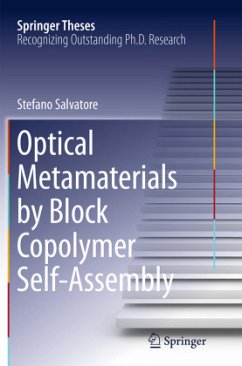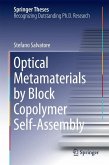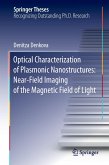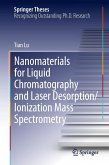Metamaterials are artificially designed materials engineered to acquire their properties by their specific structure rather than their composition. They are considered a major scientific breakthrough and have attracted enormous attention over the past decade. The major challenge in obtaining an optical metamaterial active at visible frequencies is the fabrication of complex continuous metallic structures with nano metric features.
This thesis presents the fabrication and characterization of optical metamaterials made by block copolymer self assembly. This approach allows fabrication of an intriguing and complex continuous 3D architecture called a gyroid, which is replicated into active plasmonic materials such as gold. The optical properties endowed by this particular gyroid geometry include reduction of plasma frequency, extraordinarily enhanced optical transmission, and a predicted negative refractive index. To date, this is the 3D optical metamaterial with the smallest features ever made.
This thesis presents the fabrication and characterization of optical metamaterials made by block copolymer self assembly. This approach allows fabrication of an intriguing and complex continuous 3D architecture called a gyroid, which is replicated into active plasmonic materials such as gold. The optical properties endowed by this particular gyroid geometry include reduction of plasma frequency, extraordinarily enhanced optical transmission, and a predicted negative refractive index. To date, this is the 3D optical metamaterial with the smallest features ever made.








